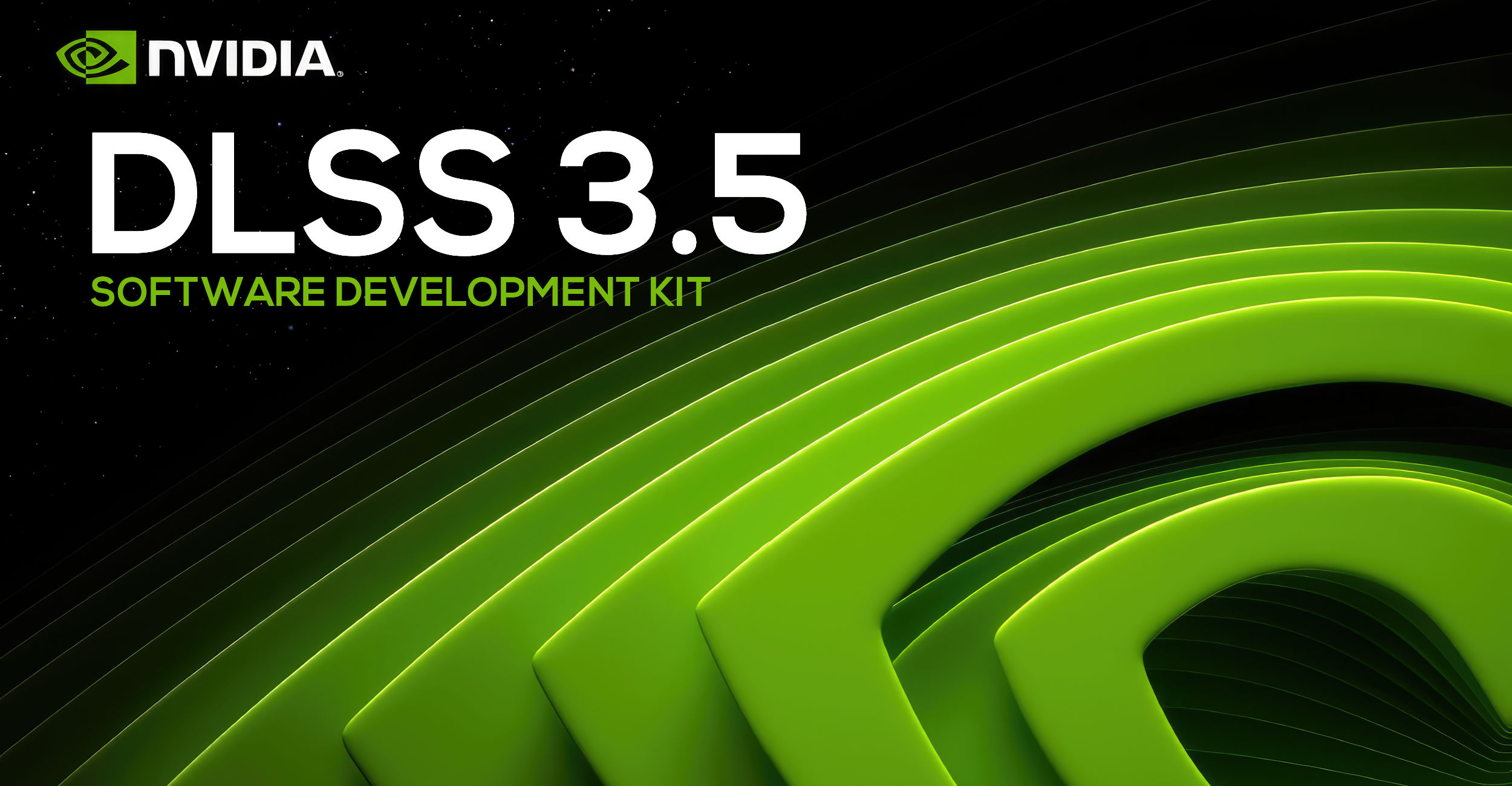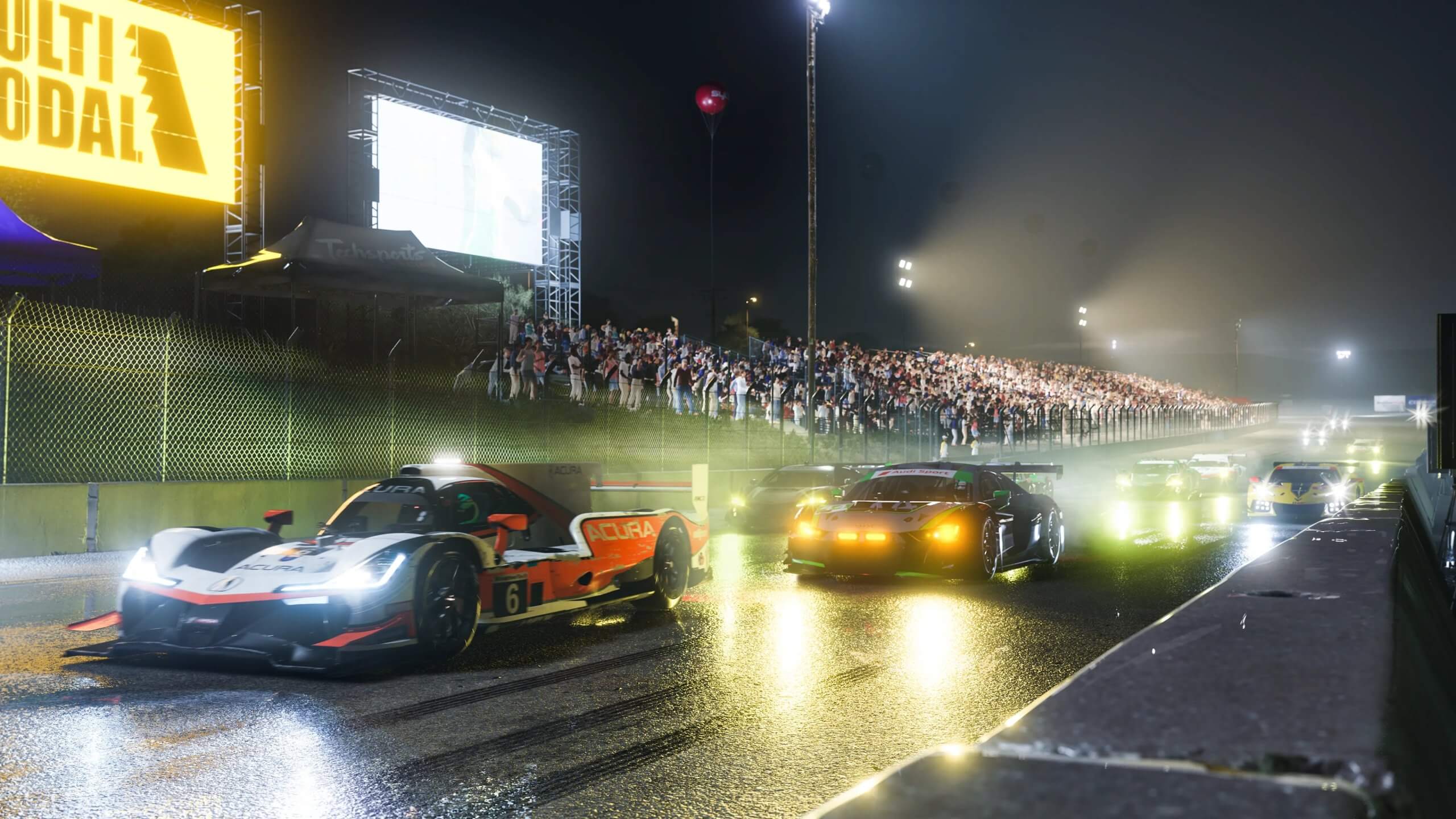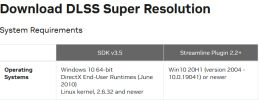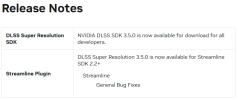With Geometry Acceleration for DLSS4 I do wonder how Blackwell will maybe improve DLSS Super-Resolution? Like DLSS Quality now gives you DLSS Performance levels of performance improvement? Or will Geometry Acceleration be the big thing?
I'm assuming geometry acceleration is one of those "insider" leak things. I don't even know what that would be, but I wouldn't waste too much brainpower thinking about it. Those insiders are 99.9999% full of






